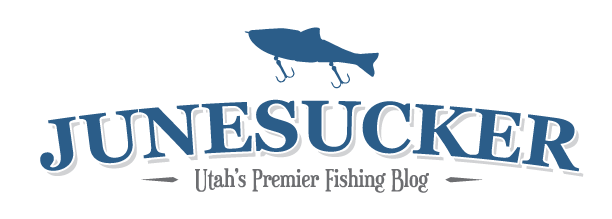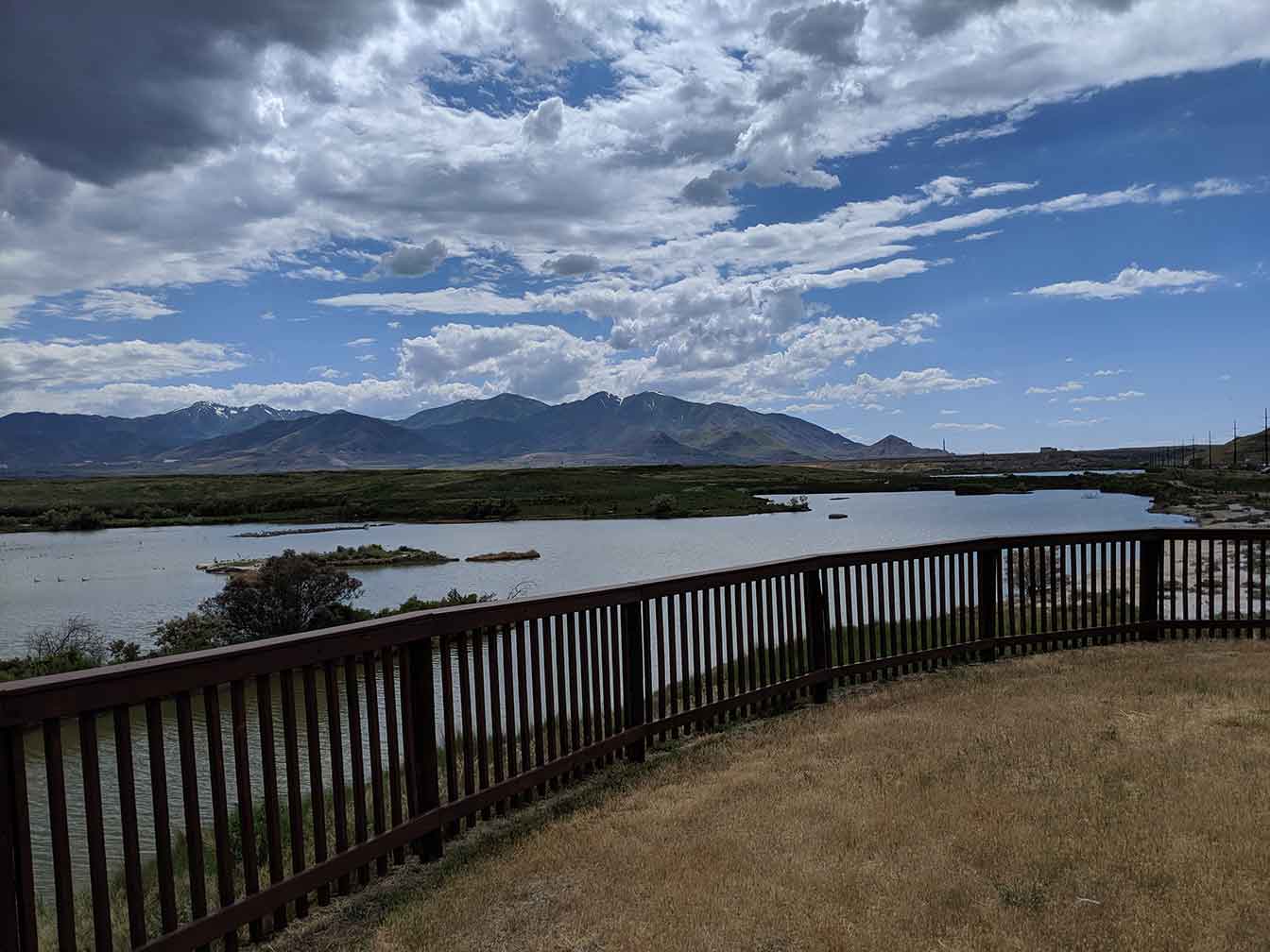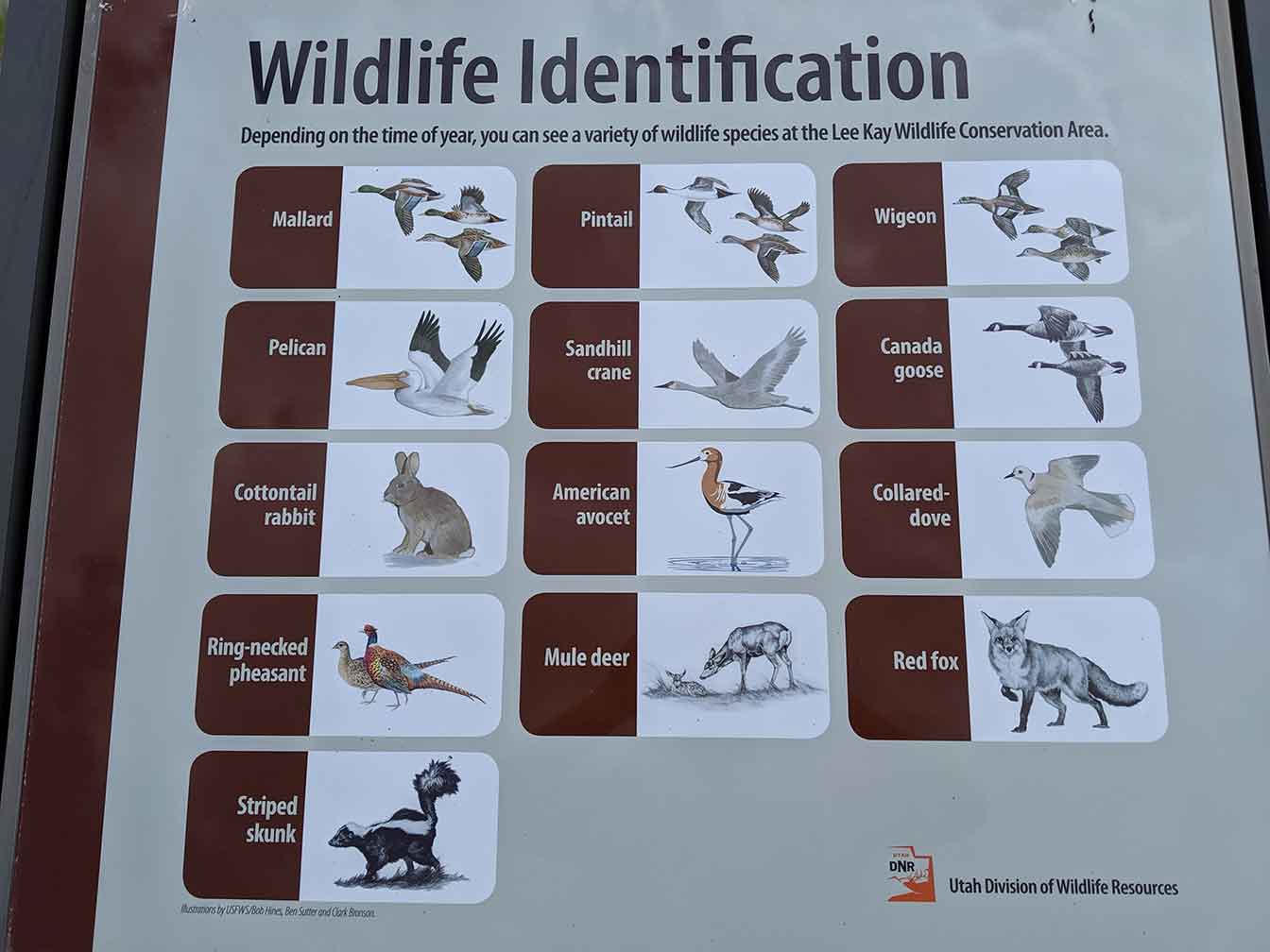Directions
The Lee Kay Ponds are located in Salt Lake county, Utah. From 5600 West in West Valley take California Ave west bound. The ponds are on the south side of the land fill. There is a dirt road that you can travel along the shores of the ponds. There are some locked gates that you cannot drive past, but you’re welcome to walk past them. The public is allowed to walk around the ponds.
The Lee kay Hatchery Ponds are located just south of the Lee Kay Ponds. They can be accessed from the Lee Kay Public Shooting Range.
About the Ponds
The Lee Kay Ponds are a host to various types of wildlife and an excellent place for bird watching. The ponds are open from 9 A.M to 5 P.M Monday through Saturday, excluding Thanksgiving, Christmas, and New Years Day.
The Lee Kay rearing ponds are a collection of fish breeding ponds. They are mainly used to produce Tiger Muskie and Catfish. They are closed to fishing.
Hatchery History
The first Lee Kay Hatchery ponds were created in 2007. The DWR captured Northern Pike which were used for brood stock. They then bred them with Musky eggs that were shipped in from Nebraska. In 2013 a actual breeding facility was built. Soon after a water well that is 580 foot deep was built. When the water is pumped out of the ground it is high in nitrogen gas which is lethal to fish. So the water is pumped up in the air then dropped through several filters to bond the water with more oxygen. In 2013 several of the fish were eaten by pelicans. Of the four fish that survived 3 of the 4 were used to breed 2400 Tiger Muskie that were stocked in Pineview Reservoir. In 2013 the DWR received 42 muskie from North Carolina. Once nets were added to the ponds to combat the pelicans, some raccoons started attacking the fish. The DWR then constructed a new pond with steeper banks to keep the raccoons out. In 2014 the ponds were officially closed to fishing after some fisherman almost completely wiped out the brood population.
Working together
Responsible Landfill Management
As the saying goes, one man’s trash is another man’s treasure. And what’s more treasured, particularly in dense urban areas, than green space?
Something to Consider
Every year, hundreds of millions of tons of trash are generated in the United States. In fact, more than two million pounds of garbage is buried every day at he Salt Lake Valley Landfill, located directly to the north.
Despite the growing number of people and businesses that have adopted recycling, composting, responsible consumption and waste reduction practices, landfills will likely remain an integral part of solid waste management in the future. This means efforts to educate people on the importance of these activities are more important than ever.
Partnerships at work
In 1981, Salt Lake County worked with Utah Division of Wildlife Resources to develop a creative solution that would extend the life of the landfill. The ponds at this ite are the result of excavating soil, which was then used to help cap landfill cells located on the Lee Kay property. Excavating Soil from the pond site was also used to improve safety at the public shooting range by increasing the height of the berms. Thanks to innovative approaches to more sustainable waste management practices – and continued cooperation between stakeholders – the community has an outdoor asset that provides value to a variety of wildlife species and the people who visit this wildlife viewing location.
Want to learn more?
Salt Lake County and the Salt Lake Valley Landfill appreciate the value of Utah’s natural resources, and the important role that recycling and environmental education play in wildlife – related conservation efforts. For information about recycling and composting or instructions on how to schedule a guided tour of the landfill, visit http://slco.org/recycle.
The Story of Lee Kay
Lee kay was a Wasatch county high school teacher who worked as a game warden in the summer months. He helped start the adult education program in Heber. Lee was a photographer and started making motion pictures of the outdoor projects that the state fish and game department had completed. Lee was made the director of educational work for the state fish and game. Lee traveled across the state giving lectures to packed audiences. This educational program was the first of its kind in the United States. Lee Kay produced new films each year about wildlife and conservation. In 1941 he made the first color film about the Uintas. In 1947 he produced a “sound movie” with audio from the Uintas. Lee lectured audiences for over 30 years and made over 30 films. Lee Kay retired in 1962 as education director and head of PR. In 1981 the Lee Kay center for hunter education opened.
One of my favorite story’s about Lee Kay shows what an excellent sense of humor he had.
At least one fisherman Is confident that luck in angling for the willy trout is largely dependent upon the quality of “firewater” used in the process.
Lee Kay, game warden, found a good-sized trout flopping on the bank of a stream, apparently lost from somebody’s basket. A short distance further, he saw a fisherman snoring peacefully, his pole extended over the stream. Kay slipped the fish into the slumbering man’s basket, then awakened him and asked to see his license.
The fisherman grumbled about his luck, saying he hadn’t even had a bite.
“Why, you have a fish in your basket,” returned Kay.
“Naw,”
“Take a look.”
Astonishment crept over the fisherman’s face when he saw the trout.
“Here, have a drink, stranger. This stuff is wonderful. Makes fish jump into your basket while you sleep.”
With that, he took another drink and dropped back to sleep, apparently hopeful that his basket would be full of fish when next he awakened.
Nearby Places to Fish
Highbury Lake Park Pond. Decker Lake. Fairmont Park Pond. Millrace Park Pond.


